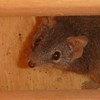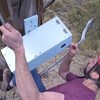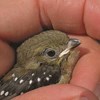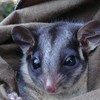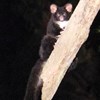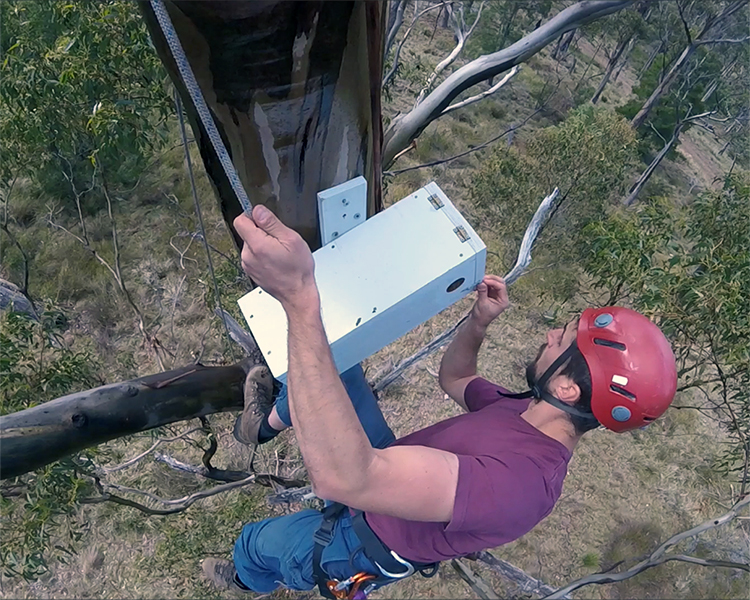
Out of the box - Designing nest boxes for conservation success
Tuesday, 13 February 2018Many of our threatened birds and arboreal mammals rely on tree hollows for nesting, but because we've cleared most of our big, old trees, these hollows are in short supply. Nest boxes are commonly proposed as an alternative, but do they actually provide an appropriate housing solution for our threatened species? Rachel Robbins from the Australian National University our successes and failures with nest boxes. 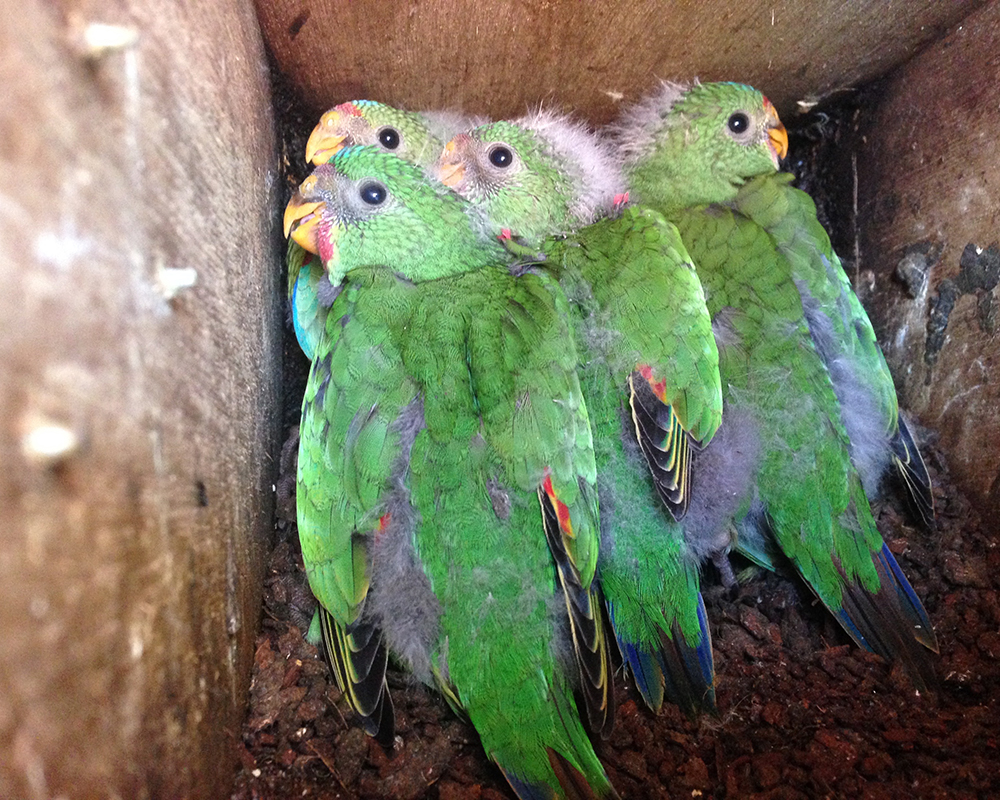
A clutch of swift parrot nestlings in the bottom of a nest box. In some situations nest boxes can provide critical habitat for threatened species. Photo: Dejan Stojanovic
A safe box for swift parrots
It's estimated there are only 2,000 mature swift parrots (Lathamus discolor) left in the wild. This Critically Endangered native bird is in desperate need of a little help, especially when it comes to safe nesting hollows.

A good night’s rest was had by all swift parrots sleeping within – the sugar glider is blocked from entering a nest box by the PKO (Possum Keeper Outer). Photo: Dejan Stojanovic
Key messages
- Achieving a conservation outcome is not as easy as simply putting up a nest box. Different species and situations require tailored solutions.
- In some cases, nest boxes can assist with threatened species, as with the swift parrot.
- Nest boxes do not replace tree-hollows; however, creative approaches to designing nest boxes and pairing nest boxes with other conservation strategies could greatly improve their value as a habitat resource.
For further information:
Robert Heinsohn - robert.heinsohn@anu.edu.au
Read more of Rachel Robbins' reporting on the successes and failures with nest boxes at:
Top Image: Dejan Stojanovic checks a swift parrot nest box mounted 20m up a tree. Photo: Dejan Stojanovic
-
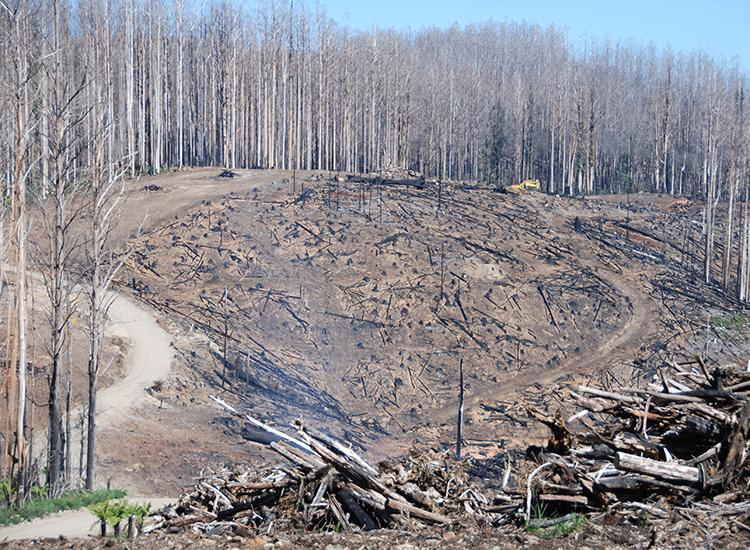
Forest condition before a fire influences recovery
Wednesday, 02 September 2020 -
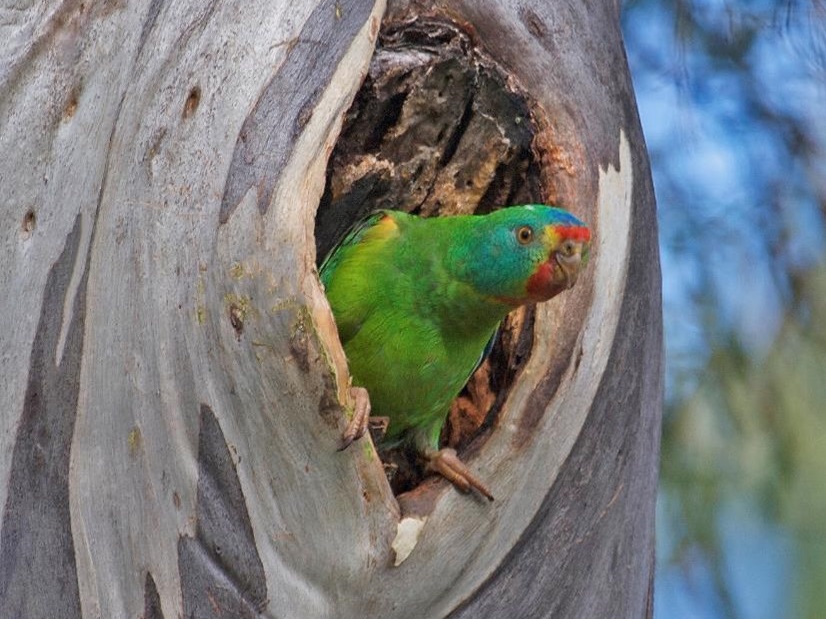
Addressing a swift-parrot housing crisis
Wednesday, 07 December 2016 -
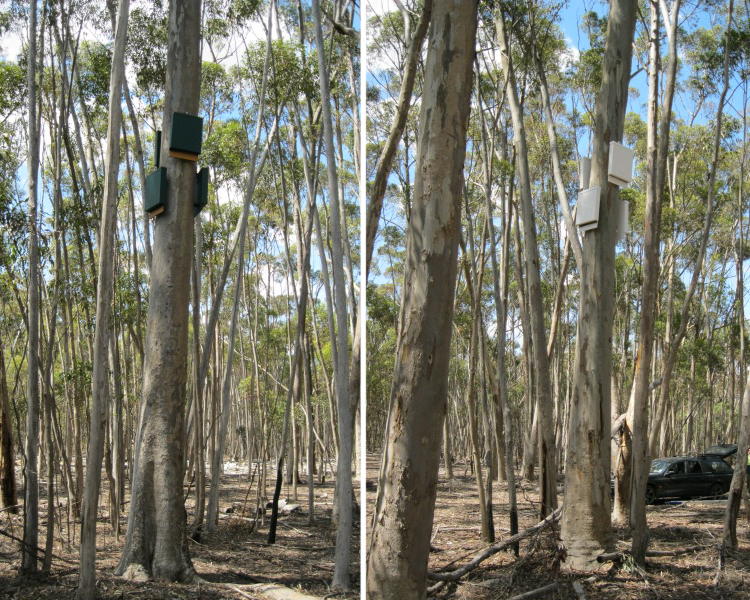
Judging a box by its cover
Tuesday, 13 February 2018 -
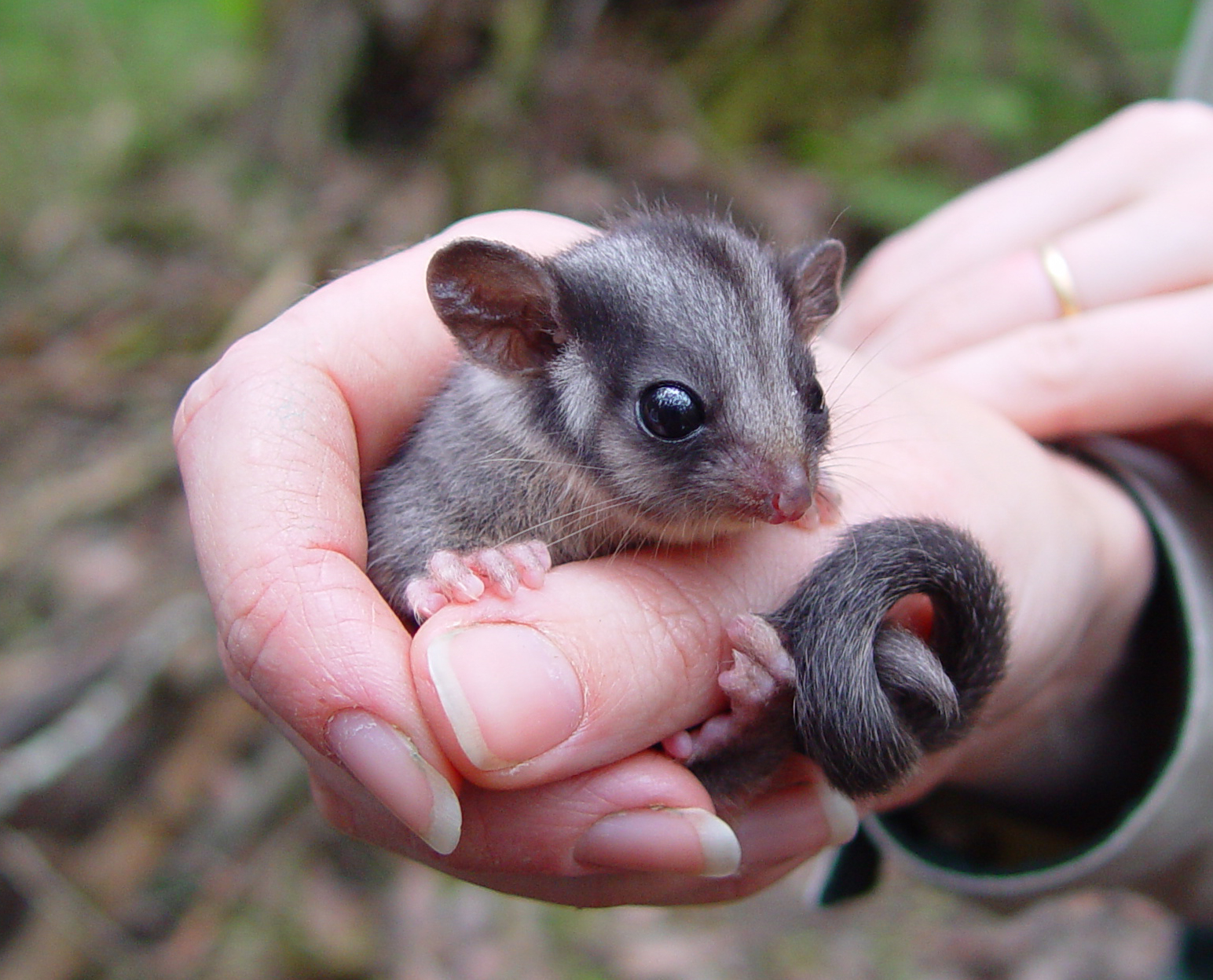
Leadbeater’s Possum on the brink
Sunday, 12 March 2017 -
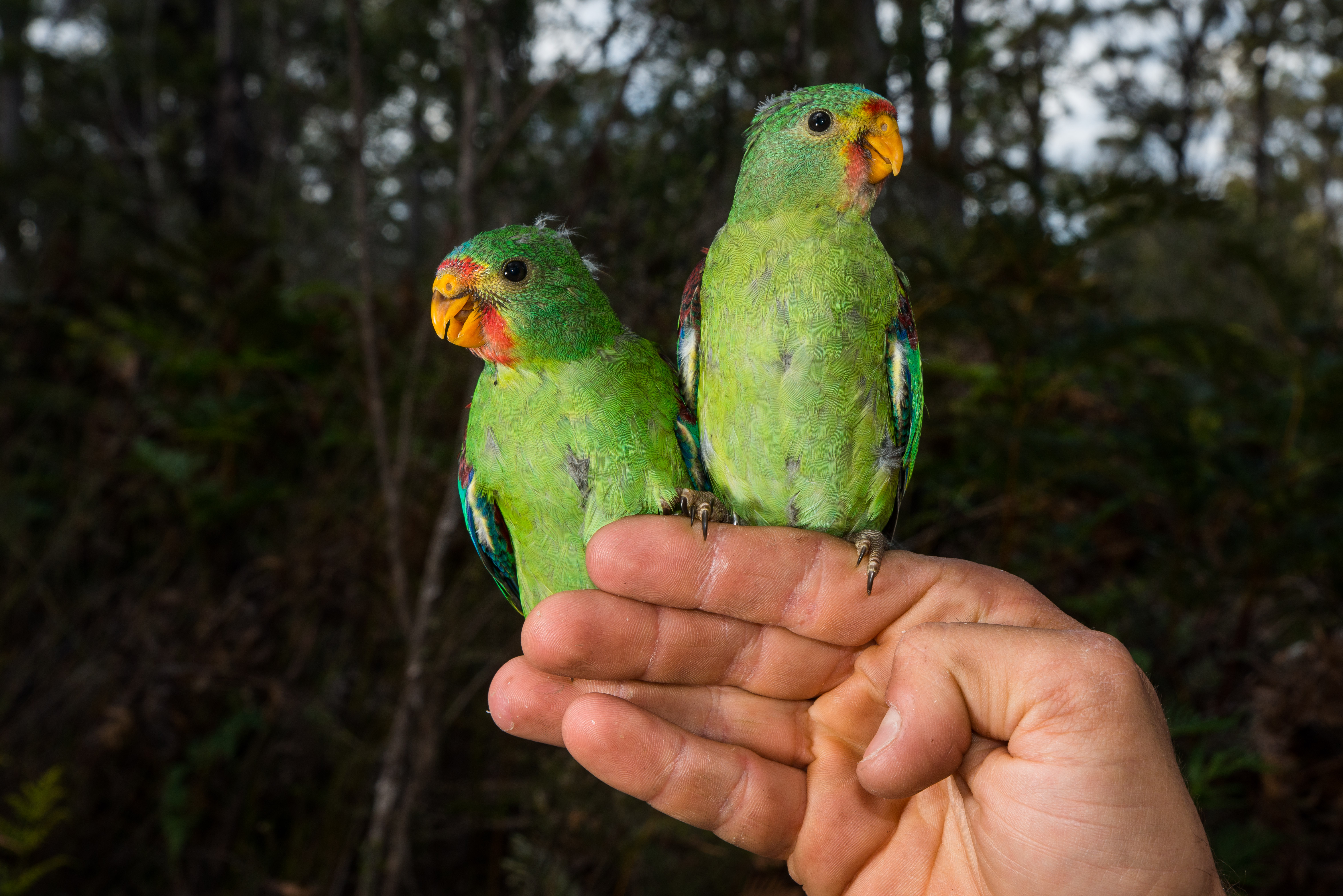
Parrots make swift use of nesting boxes in Tasmania
Monday, 10 October 2016 -
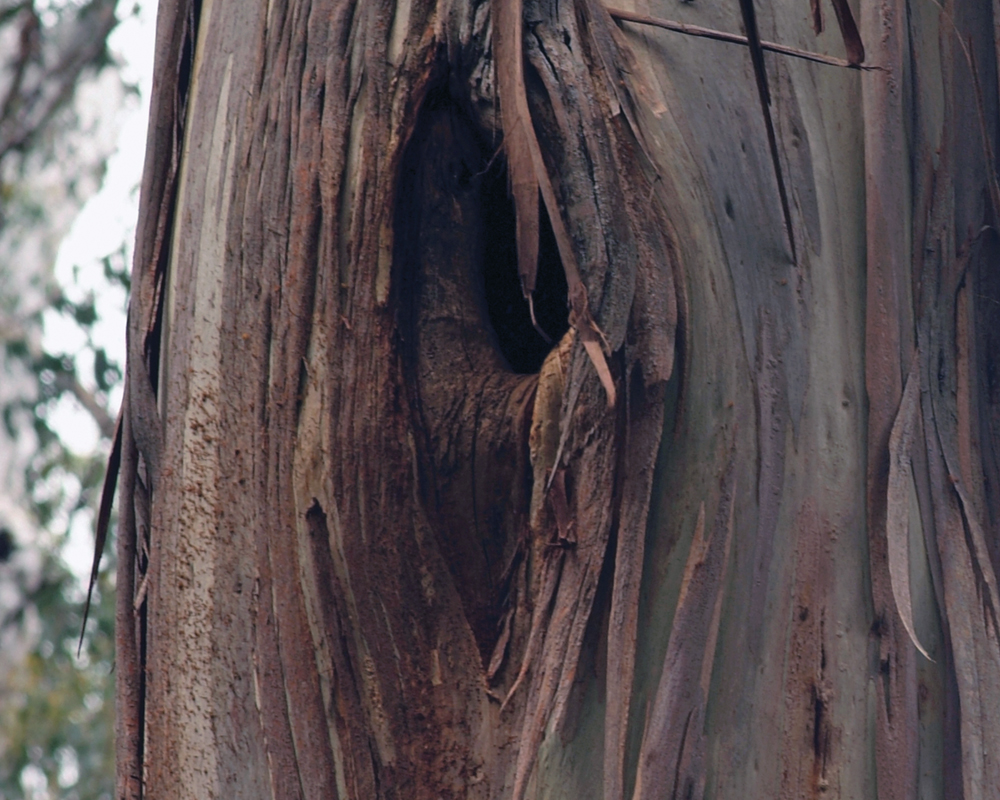
Protecting our mountain giants
Tuesday, 29 May 2018 -
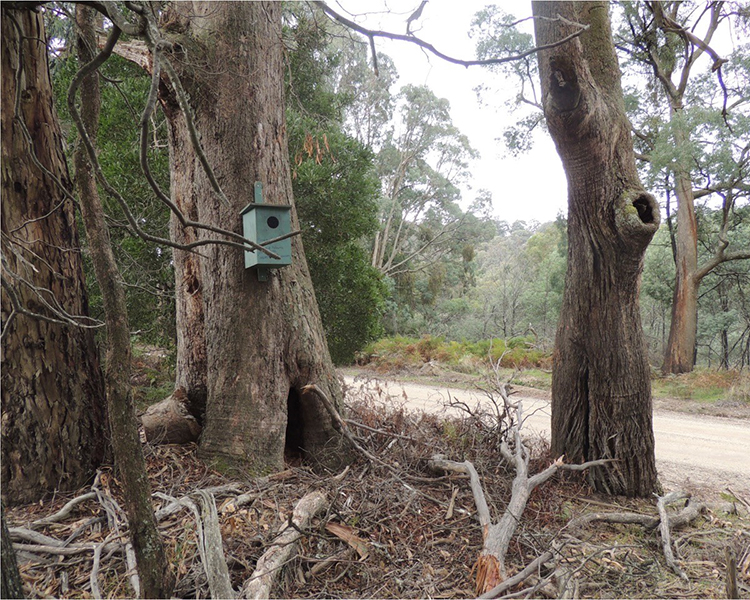
Putting the heat on nest boxes
Tuesday, 13 February 2018 -
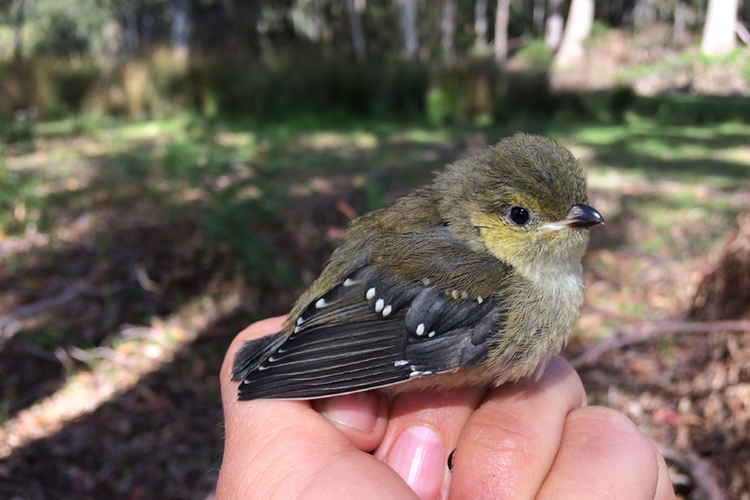
Self-fumigating birds and manna from heaven: The remarkable forty-spotted pardalote
Tuesday, 12 March 2019 -
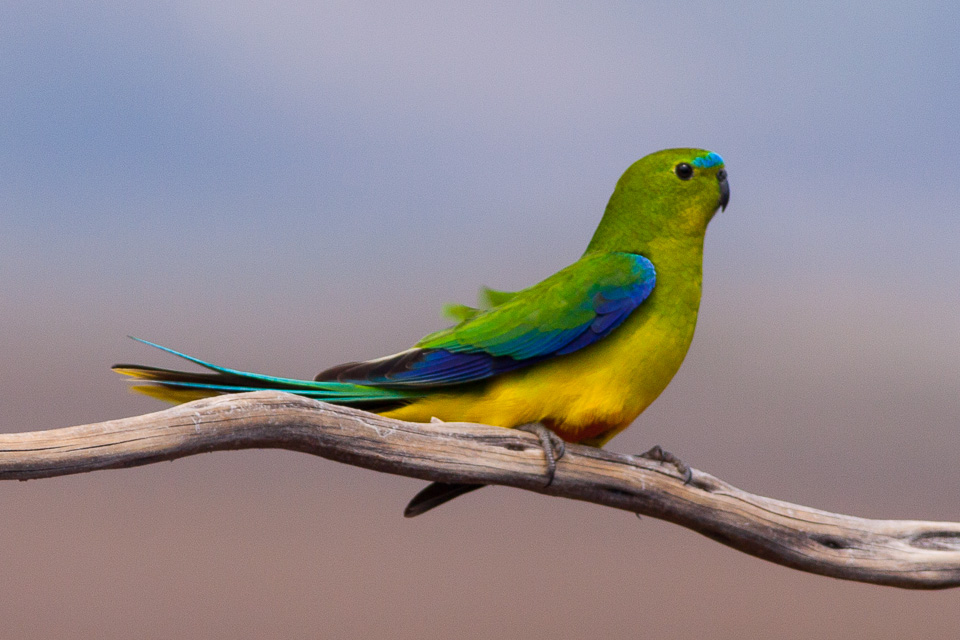
Tackling threats to endangered hollow nesting birds in Tasmania
Friday, 06 May 2016 -
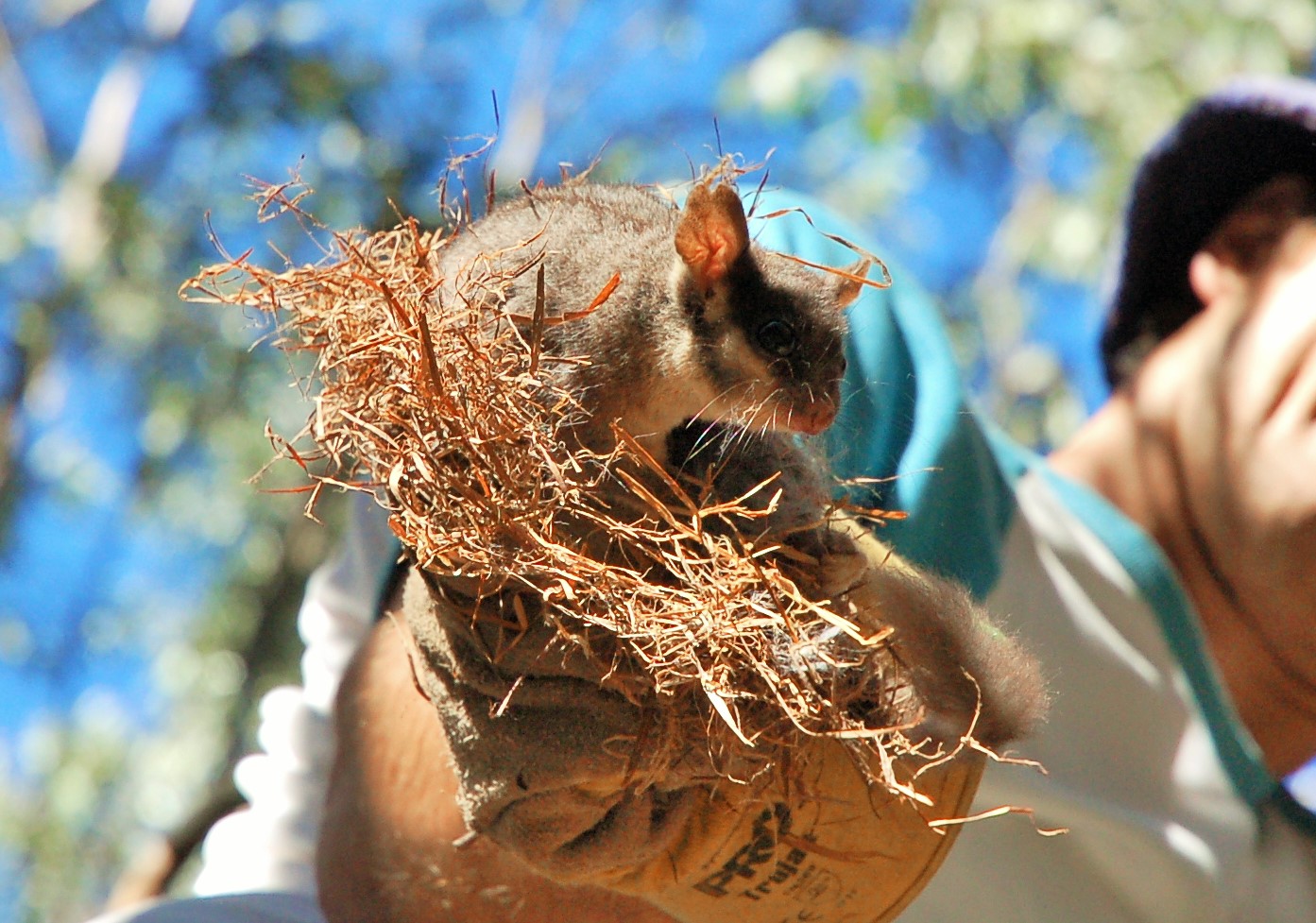
What do Leadbeaters Possums get up to at night?
Thursday, 09 June 2016 -
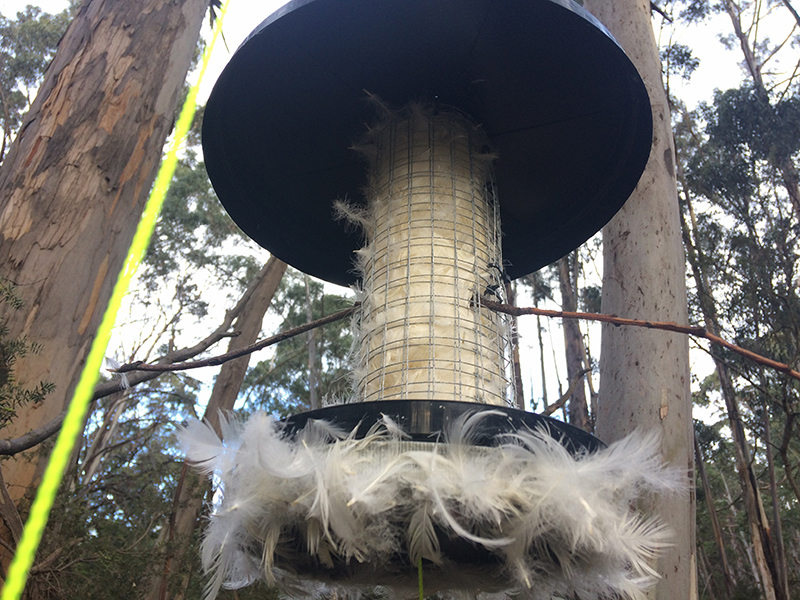
Researchers help endangered birds to ‘self-fumigate’ their nests
Thursday, 22 October 2020
